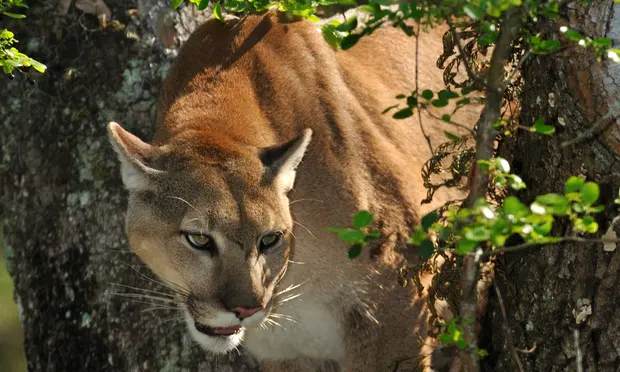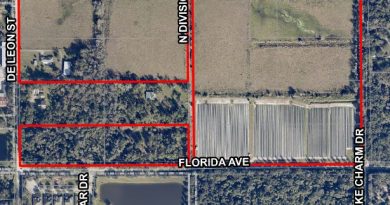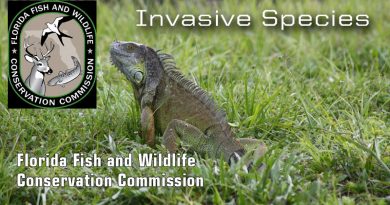Big cat comeback? Florida strikes bipartisan deal to help endangered panthers
Courtesy of: The Guardian
State lawmakers agree on $400m measure to expand ‘wildlife corridors’ in effort to help panthers and other endangered species
In a political culture where bipartisan legislation is a rare species, lawmakers in one state have come together to agree major new conservation efforts that will help that other endangered animal – the Florida panther.
The big cat, whose habitat has a history of being swallowed up and its numbers hunted by humans, is expected to benefit from a $400m cash boost.
Legislation recently passed in Florida with unanimous support will boost protected land and expand “wildlife corridors” running almost the length of the state.
Conservationists believe the bill has a good chance of being signed when it reaches the desk of the Republican governor, Ron DeSantis, ready to go into effect on 1 July.
The bulk of the spending will be set aside to protect wildlife corridors under the Florida Forever land conservation program, creating a network of undeveloped public and private patches of land so animals can safely cross the state, a local CBS affiliate reported.
Expanding protected territory will help the threatened panther roam more freely and safely, as well as helping other wildlife, such as bears and plant life, with connected land “spanning from the Florida Bay in the south to the Georgia and Alabama borders”, Tori Linder, managing director for advocacy group Path of the Panther, said.
She added: “A connected corridor will help farmers and ranchers, will foster tourism and outdoor recreation, and help protect our vital natural resources like our springs and our wildlife, including the Florida panther.”
According to the US Fish and Wildlife Service, the Florida panther is “the only known breeding population of puma in the eastern United States”.
In order to be taken off the danger list, the Florida panther needs three established populations and sufficient habitat to support those animals.
Currently there is only one population of up to 230 Florida panthers in the wild, but that is a story of recovery through conservation, since relentless hunting took the numbers in the state down to fewer than 20 by the early 1970s.
“Landscape connectivity is essential for wide-ranging species like the Florida black bear and the panther,” Linder said, adding: “In the case of the Florida panther, you have a big cat making a recovery in a time where big cats around the world are really in decline. The Florida Wildlife Corridor helps ensure the habitat is protected for the species in perpetuity.”
But risks remain. The leading cause of death for Florida panthers is currently vehicular collision, and Linder says the second leading cause of death is territorial dispute with other panthers, exacerbated by lack of habitat.
Other animals that experts predict would benefit from expanded wildlife corridors include the Key deer, the Florida manatee and loggerhead sea turtles.
According to the non-profit organization Florida Wildlife Corridor, the passageway would encompass nearly 17m acres. About 10m acres are already protected, while another 6.9m of unprotected acres are made up of working farms and ranches. And 992 named rivers and streams cross the area, which also includes 5,170 miles of trails.
The Florida Wildlife Corridor Act passed with a 115-0 vote in the Florida state house and with a 40-0 vote in the state senate late last month.
Lawmakers voted to allot $100m to Florida Forever, the state’s conservation and recreation lands acquisition program, and agreed to put $300m from federal stimulus funding towards conservation.
Linder says she is optimistic the governor will sign the legislation, noting that the act is the result of the “actions of hundreds of people” over a number of years, including artists, conservationists, farmers, fisherman, mapmakers and scientists.




